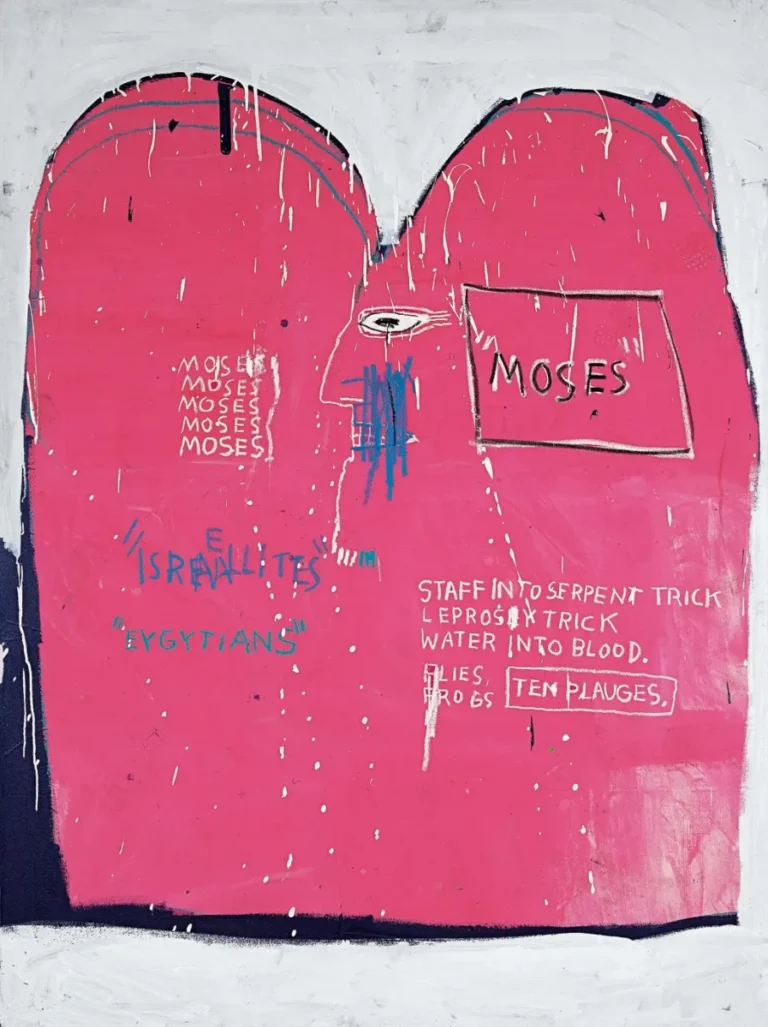Looking for a muse? Check no further. Discover the Best of Art, Culture, History & Beyond!

Andrew Wyeth – Master of American Realism and Rural Narratives
In American art history, few names evoke the serene yet profound imagery of rural life as compellingly as Andrew Wyeth. Born in 1917 in Chadds Ford, Pennsylvania, Wyeth’s artistic journey was deeply influenced by his immediate surroundings and personal experiences. His father, N.C. Wyeth, a renowned illustrator, provided young Andrew with an unconventional education, fostering his artistic talents from an early age. This intimate mentorship not only honed Wyeth’s technical skills but also instilled in him a profound appreciation for the subtleties of everyday life.
A Distinctive Artistic Path
While many of his contemporaries gravitated towards the bustling art scenes of New York or the avant-garde movements of Europe, Wyeth chose a different path. He immersed himself in the landscapes of Pennsylvania and Maine, drawing inspiration from the rolling hills, rustic architecture, and the people who inhabited these regions. This deliberate focus on familiar terrains allowed him to capture the essence of American rural life with unparalleled authenticity.

Wyeth’s commitment to realism, especially during the rise of abstract expressionism, set him apart in the mid-20th-century art world. His meticulous attention to detail, combined with a subdued color palette, lent his paintings a timeless quality. Works like “Christina’s World” (1948) exemplify his ability to convey deep emotion and narrative through seemingly simple compositions. The painting portrays a young woman, later identified as Christina Olson, sprawled in a field, gazing towards a distant farmhouse. The vastness of the landscape juxtaposed with her frail figure evokes themes of longing, resilience, and the human spirit’s indomitable will.
The Influence of Personal Experiences
Wyeth’s personal life profoundly influenced his art. The tragic death of his father in a train accident in 1945 cast a lingering shadow over his work, infusing it with a sense of melancholy and introspection. This event, coupled with his own health challenges during childhood, fostered a deep empathy and sensitivity, evident in his portrayals of solitary figures and desolate landscapes.
His relationship with Christina Olson and her brother Alvaro provided rich material for his paintings. The Olsons’ farmhouse in Cushing, Maine, became a recurring subject, symbolizing endurance and the passage of time. Through his depictions of their home and lives, Wyeth explored themes of isolation, perseverance, and the intricate bond between humans and their environment.
The Helga Testorf Series
One of the most intriguing chapters in Wyeth’s career is the “Helga Series.” Between 1971 and 1985, Wyeth created over 240 works featuring Helga Testorf, a neighbor in Chadds Ford. This extensive collection, kept secret even from his family, includes intimate studies of Helga in various poses and settings. The series showcases Wyeth’s mastery of technique and his deep exploration of human form and emotion.

The revelation of the Helga Series in 1986 sparked widespread public and critical interest. Beyond the initial sensationalism, these works are now recognized for their artistic merit, reflecting Wyeth’s dedication to his craft and his complex understanding of human intimacy and vulnerability.
Technique and Medium
Wyeth’s choice of medium played a crucial role in defining his artistic voice. He predominantly worked with egg tempera, a medium that requires meticulous application and offers a luminous, matte finish. This technique, combined with his use of watercolor and drybrush, allowed him to achieve intricate textures and subtle tonal variations, capturing the nuanced interplay of light and shadow.
His palette, often characterized by earthy tones and muted hues, reflects the natural environments he portrayed. This restrained use of color enhances the emotional depth of his scenes, drawing viewers into a contemplative engagement with the subject matter.
Andrew Wyeth’s dedication to realism and his portrayal of the American landscape have left an indelible mark on the art world. His works offer a window into the quiet moments of rural life, capturing the beauty and complexity of the mundane. Through his art, Wyeth invites viewers to pause, reflect, and find profundity in simplicity.
His paintings continue to be celebrated for their technical excellence and emotional resonance. Museums and galleries worldwide showcase his work, ensuring that his vision of American life endures for future generations. In a rapidly changing world, Wyeth’s art serves as a poignant reminder of the enduring value of observing and cherishing the familiar landscapes and narratives that shape our collective experience.

This article is published on ArtAddict Galleria, where we explore the intersections of art, history, and culture. Stay tuned for more insights and discoveries!



